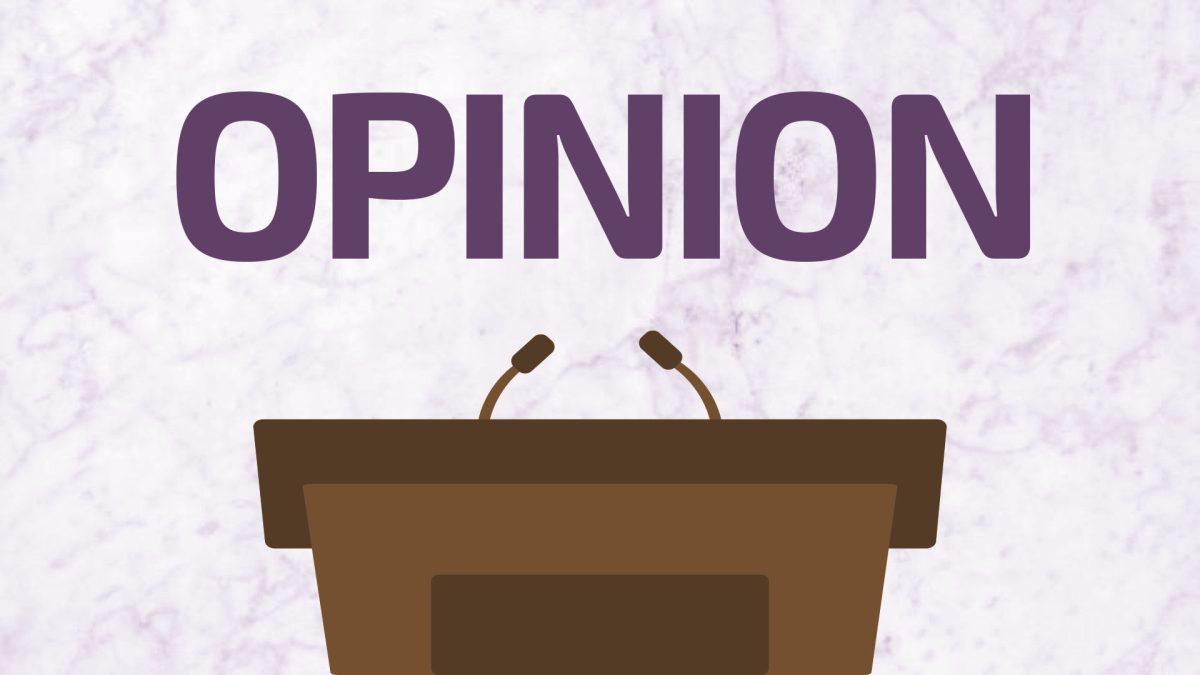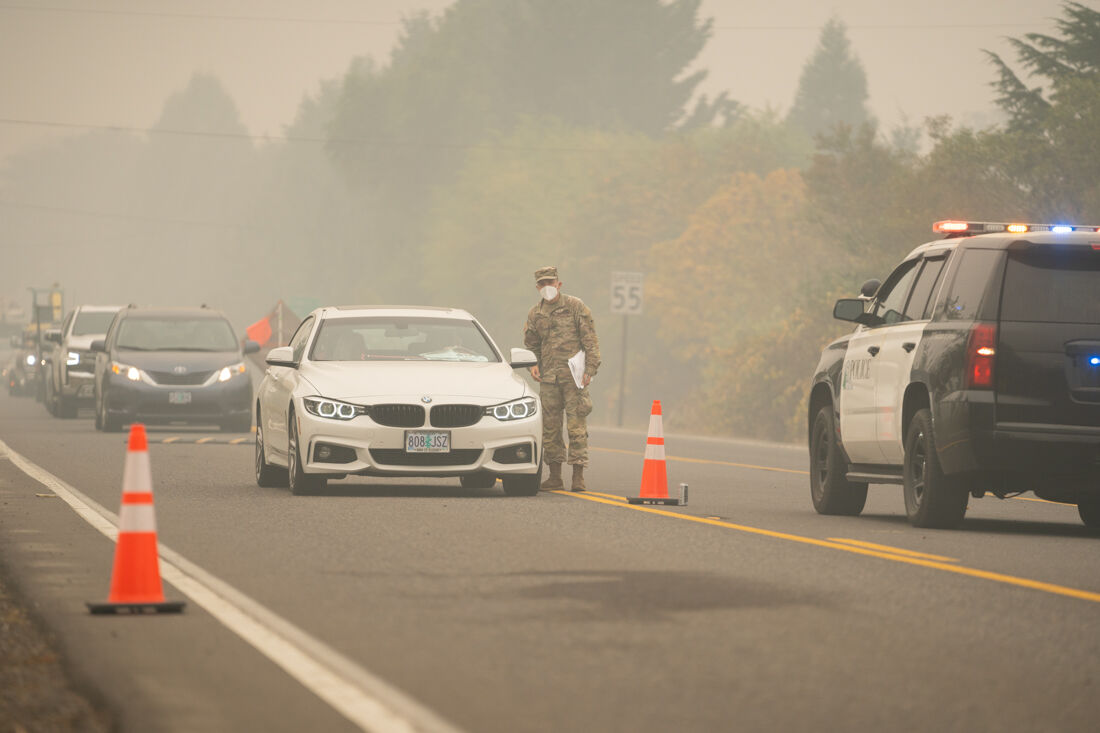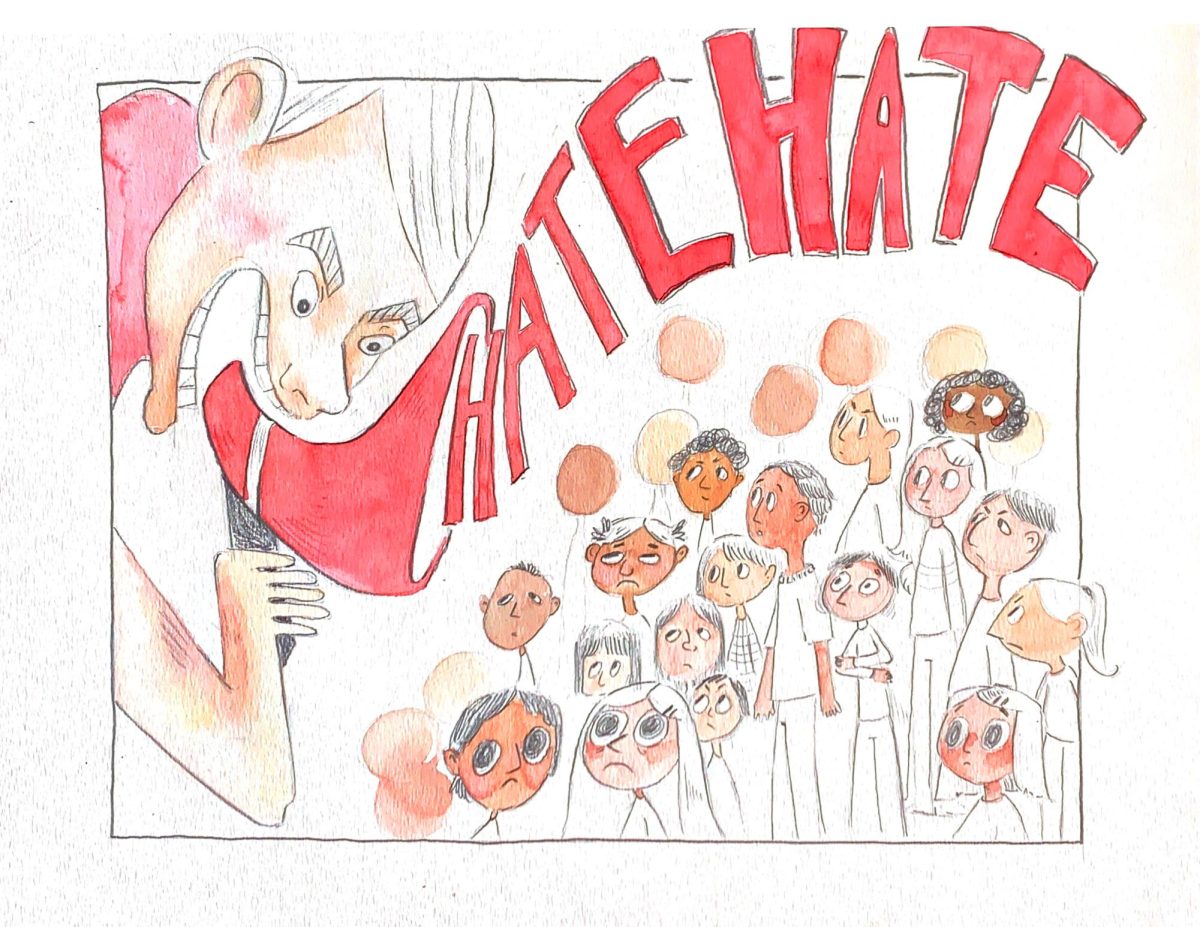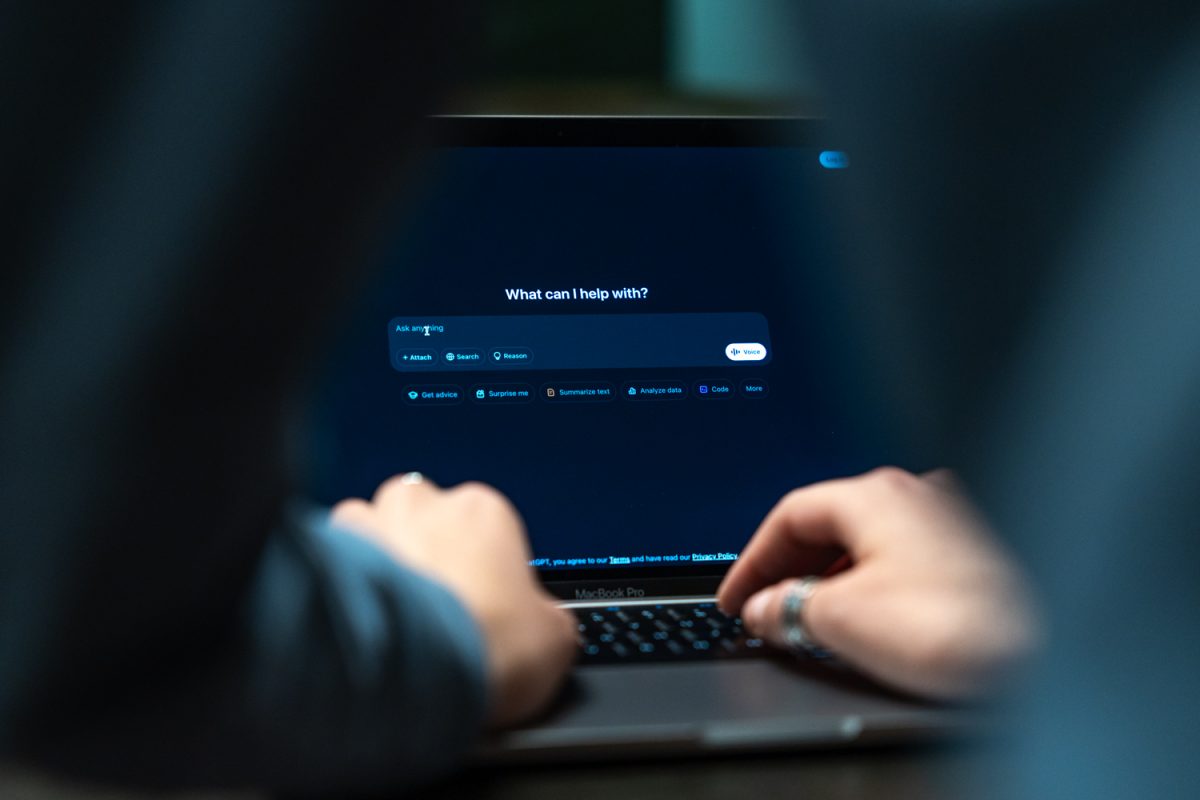Coated with uncertainty, winter term is barreling forward. COVID-19 cases are at high rates across campus, and I have noticed that some students at the University of Oregon find themselves stuck between stressful cautiousness and optimism that in-person learning can continue.
Since the start of the pandemic, education institutions across the country have grappled with the challenge of remote learning. In an ever-changing pandemic, instructors and students both struggle with the reality the world has set before them. How do we continue quality education without human-to-human interaction, and what methods are we going to use to remedy this?
These questions are nearly impossible to answer due to the unknown future and constantly changing circumstances. While some courses are maintaining the regularity of in-person instruction, many are making the transition to a remote setting, and classes around campus are going online.
This eases many concerns about COVID-19 infections, but it also reignites the worry and tension that some students have about virtual classes. Daniela Gianettoni, a student who currently has a class that was moved to remote, explained there are pros and cons to the online learning process. Gianettoni thinks that online learning “takes a lot more energy.”
While online classes are exhausting for many students, there are also some advantages to online learning, including flexibility of schedule and better skills in time management. “Online learning sucks because it is so easy to get distracted, which doesn’t help me in the long run. But I do like that it moves at a slower pace, so in some ways it is more accommodating,” Gianettoni said.
I don’t find the world of virtual classrooms ideal, but at this point in the pandemic, I have learned that idealities have to be pushed aside in the transition to community safety. It has caused me more stress to try and latch on to past aspects of my learning environments, and instead I am trying to moderately justify what online learning has done for me.
I have never liked to verbally participate in classroom environments. I prefer to introspectively consider topics and issues presented, and I would always rather express these thoughts through written reflections. I am stripped of my time to reflect when I am forced into the pressure of a physical classroom. Rather than participating in discussions, I find myself observing them.
Educational activities in virtual spaces allow me to reflect on concepts in my own space and my own time. I appreciate the way I can personalize my time, regardless of an instructor’s teaching mannerisms. A lot of what online learning is has to do with self-guided adaptations; it’s vital to remote learning to find what works for you.
It can be extremely difficult to try and find those adaptations to online learning, but for students such as Gianettoni, certain things like physical movement and work-life separation have helped her cope with virtual classrooms.
Online learning is stressful and demanding, but within each person’s individual experience, there are certain things that can help make it work for you. “I try not to hyperfocus all day,” Gianettoni said. “I try to get up and move around between classes because being in the same place, all of it starts to flow together.”
It is important to make sure that you are giving yourself a healthy separation from time spent in class and time to yourself. It is easy for me to get swept up in the endless assignments posted online. I have to remember to set daily limits so that the time I spend working has a distinct difference from the time I spend for my own enjoyment. This is the most vital step for me when enjoying remote courses. Managing my time in a healthy way is the redeeming characteristic in this educational setting.
While individual experience varies in cyberspace, the present circumstances require individuals to be more adaptable and preserving than ever before. Those characteristics are ones students must continue to maintain in order to push through another school year with unknown upcomings.















